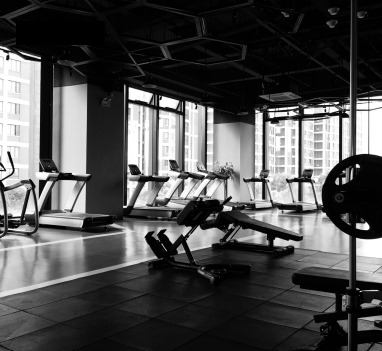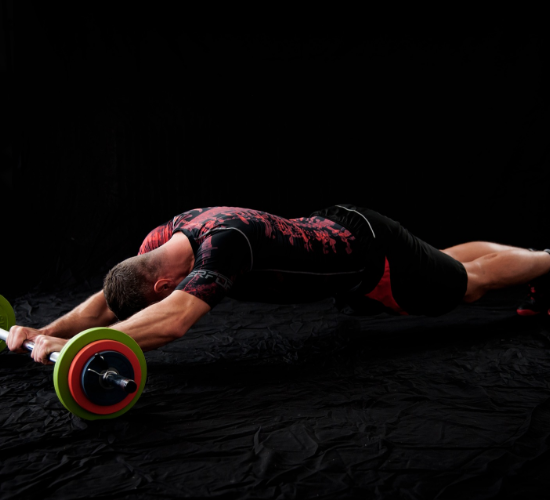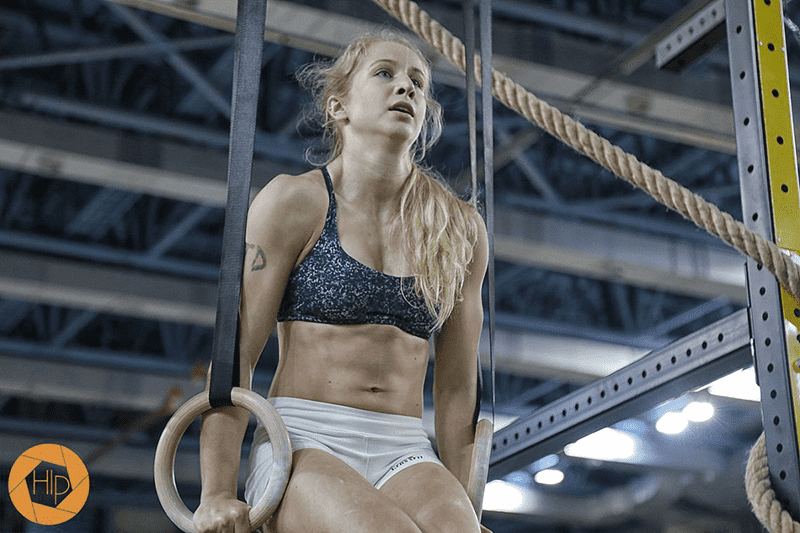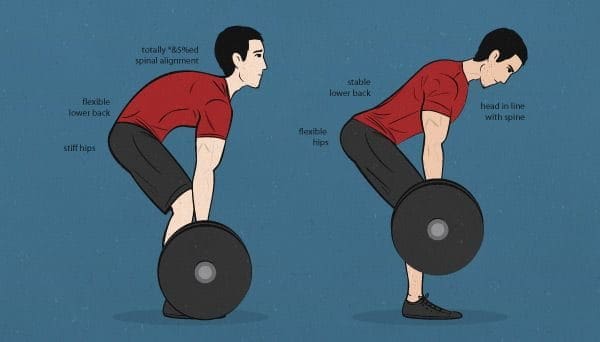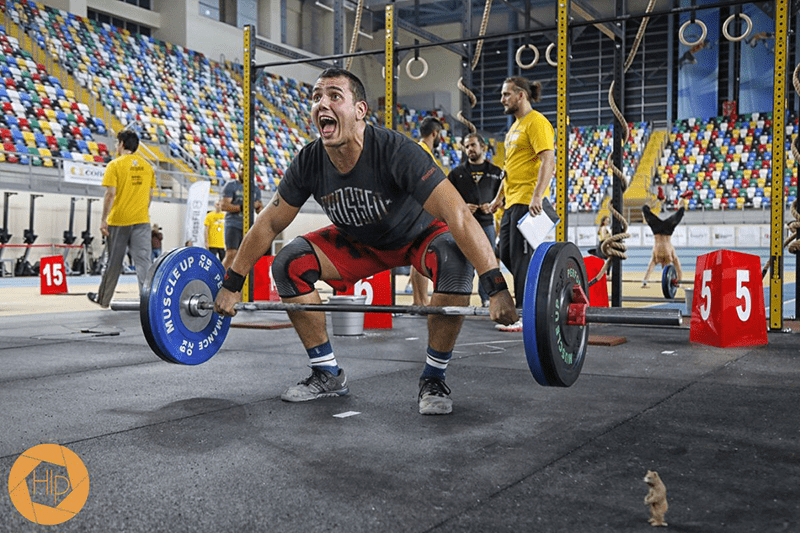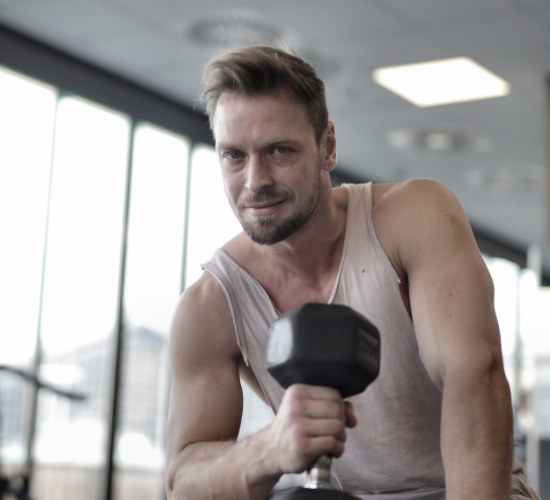Cardio vs. Weight Lifting: Which Is Better for Weight Loss?
Many people who’ve decided to lose weight find themselves stuck with a tricky question — should they do cardio or lift weights?
They’re the two most popular types of workouts, but it can be hard to know which is a better use of your time.
This article tells you all you need to know about cardio vs wight training for weight loss.

Cardio Burns More Calories per Session
Many scientists have researched how many calories people burn during various activities.
Based on this research, you can use your body weight to estimate how many calories you will burn during different types of exercise, including cardio and weight training.
For most activities, the more you weigh, the more calories you will burn.
If you weigh 160 pounds (73 kg), you will burn about 250 calories per 30 minutes of jogging at a moderate pace (1Trusted Source).
If you were to run at a faster pace of 6 miles per hour, you would burn around 365 calories in 30 minutes (1Trusted Source).
On the other hand, if you weight trained for the same amount of time, you might only burn around 130–220 calories.
In general, you’ll burn more calories per session of cardio than weight training for about the same amount of effort.
Summary: The number of calories
you burn during exercise depends on your body size and how intensely you
exercise. Typically, a cardio workout burns more calories than a weight
training workout of the same duration.
Weight Training Helps You Burn More Calories Every Day
Although a weight-training workout doesn’t typically burn as many calories as a cardio workout, it has other important benefits (2)
For example, weight training is more effective than cardio at building muscle, and muscle burns more calories at rest than some other tissues, including fat (3)
Because of this, it is commonly said that building muscle is the key to increasing your resting metabolism — that is, how many calories you burn at rest.
One study measured participants’ resting metabolisms during 24 weeks of weight training.
In men, weight training led to a 9% increase in resting metabolism. The effects in women were smaller, with an increase of almost 4% (4Trusted Source).
While this may sound good, it’s important to think about how many calories this represents.
For the men, resting metabolism increased by about 140 calories per day. In women, it was only about 50 calories per day.
Thus, weight training and building a little bit of muscle won’t make your metabolism skyrocket, but it may increase it by a small amount.
However, weight training also has other important calorie-burning benefits.
Specifically, research has shown that you burn more calories in the hours following a weight training session, compared to a cardio workout (5, 6, 7).
In fact, there are reports of resting metabolism staying elevated for up to 38 hours after weight training, while no such increase has been reported with cardio (7).
This means that the calorie-burning benefits of weights aren’t limited to when you are exercising. You may keep burning calories for hours or days afterward.
For most types of exercise, a more intense workout will increase the number of calories you burn afterward (8).
Summary: Weight training may
improve your metabolism over time, although the changes aren’t huge. Also, weight
training is typically more effective than cardio at increasing the number of
calories you burn after a workout.
High-Intensity Interval Training Provides Similar Benefits to Cardio in Less Time
Although cardio and weight training are two of the most popular workouts, there are other options.
One of these is high-intensity interval training (HIIT), which involves short bursts of very intense exercise alternated with low-intensity recovery periods (9Trusted Source, 10Trusted Source).
Typically, a HIIT workout will take about 10–30 minutes.
You can use HIIT with a variety of different exercises, including sprinting, biking, jump roping or other body-weight exercises.
HIIT May Burn More Calories
Some research has directly compared the effects of cardio, weight training and HIIT.
One study compared the calories burned during 30 minutes of HIIT, weight training, running and biking.
The researchers found that HIIT burned 25–30% more calories than the other forms of exercise (11Trusted Source).
However, this doesn’t necessarily mean that other types of exercise aren’t good for weight loss.
HIIT and Traditional Cardio May Have Similar Effects on Weight Loss
Research examining more than 400 overweight and obese adults found that HIIT and traditional cardio reduced body fat and waist circumference to similar extents (12Trusted Source).
What’s more, other research has shown that HIIT-style workouts may burn about the same number of calories as traditional cardio, although this depends on the intensity of exercise.
Some research estimates that you may burn about 300 calories in 30 minutes of either cardio or HIIT if you weigh about 160 pounds (73 kg) (13Trusted Source).
One of the potential benefits of HIIT is that you can spend less time actually exercising, since rest periods are included between the intense periods of activity.
Summary: High-intensity
interval training (HIIT) can burn calories in a short period of time. Some
research shows it may burn more calories than weights or cardio. Overall, it
can produce similar weight loss to cardio, but with less time spent exercising.
Using Multiple Types of Exercise May Be Best
The American College of Sports Medicine (ACSM) is one of the largest and most respected organizations that gives exercise recommendations.
It has published evidence-based recommendations for weight loss (14Trusted Source).
How Much Should You Exercise per Week?
Overall, the ACSM states that less than 150 minutes per week of moderate or vigorous physical activity like cardio is probably not enough for weight loss.
However, it states that more than 150 minutes per week of this type of physical activity is sufficient to help produce weight loss in most people.
In addition, research shows that people tend to lose more body weight when they have higher levels of physical activity (14Trusted Source).
Which Types of Exercise Should You Do?
Interestingly, ACSM’s review of the research found that weight training is not very helpful for weight loss.
However, it is important to remember that even if your weight doesn’t change, your body composition may be improving.
For example, weight training can lead to an increase in muscle and a decrease in fat.
If your muscle and fat change by the same amount, the scale may stay the same, even though you got healthier.
One large study in 119 overweight or obese adults helps put everything into perspective regarding exercise and weight loss. Participants were divided into three exercise groups: cardio, weights or cardio plus weights (15Trusted Source).
After eight months, those who did cardio and cardio plus weights lost the most weight and fat.
Meanwhile, the weights and cardio-plus-weights groups gained the most muscle.
Overall, the cardio-plus-weights group had the best body composition changes. They lost weight and fat, while also gaining muscle.
This means that a program that combines cardio and weights may be best for improving your body composition.
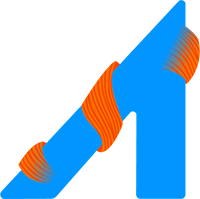
 Sign in
Sign in My Bag
My Bag